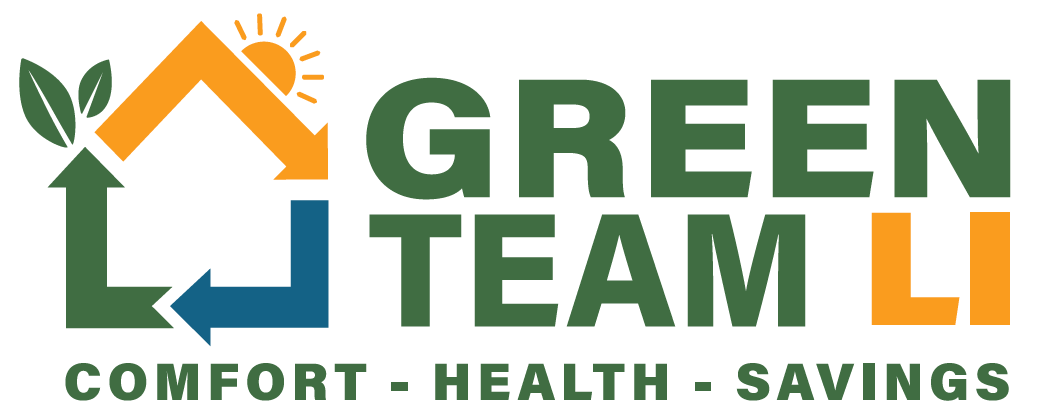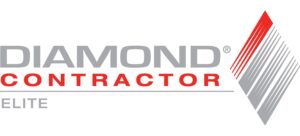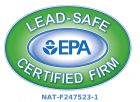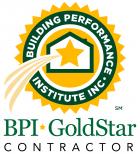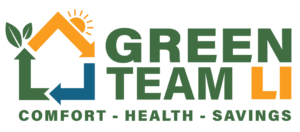Improving your home’s energy efficiency can have an added benefit that’s equally compelling: improving your home’s indoor air quality as well.
A comprehensive home energy audit with a qualified home energy auditor will include an analysis of your home’s indoor air quality and ventilation rates, including specific tests to ensure that toxins such as radon and carbon monoxide are not presenting a health hazard to you and your family.
During a home performance upgrade following an energy audit, a home performance contractor will work to ensure that indoor air quality issues stemming from such issues as mold and moisture are minimized, and that ventilation rates are adequate for the home.
The end result is a home that is more comfortable, more affordable to operate, and healthier and safer. A good investment? You bet.
DANGERS OF POOR INDOOR AIR
According to the EPA, poor indoor air quality poses significant health risks for many American families today. Unfortunately, too few of us are aware of the risks, and of the measures that we can take to improve our homes’ indoor air quality and limit the risk of asthma, allergies, exposure to carcinogens, and the many other detrimental effects of poor air quality in our buildings.
WHAT CAUSES POOR INDOOR AIR QUALITY?
Poor indoor air quality can be caused by a number of factors, but the typical culprits are inside the home: pet dander, cigarette smoke, dirt and dust, mold, chemicals from building materials, smoke from fireplaces and kitchens, etc. While it is possible to minimize the impact of poor indoor air quality sources within the home, the most effective way to control air quality is to ventilate properly.
WHAT CAN BE DONE ABOUT POOR INDOOR AIR QUALITY?
A ventilation strategy is critical for improving indoor air quality and minimizing the health risks of poor indoor air. While many homes rely on the natural ventilation occurring through air leaks in the building envelope (leaks between the living space and the crawlspace, attic, and walls), this is not a reliable remedy — often, the crawlspace and walls are full of toxins (like mold) that thereby enter the living space. The best way to improve a building’s indoor air quality is through whole-house ventilation, using either a powerful whole-house fan or a heat-recovery ventilator (HRV) or energy-recovery ventilator (ERV).
For more information about indoor air quality in homes, or to schedule a free phone consultation to discuss your home’s indoor air quality could be improved, contact us today!
